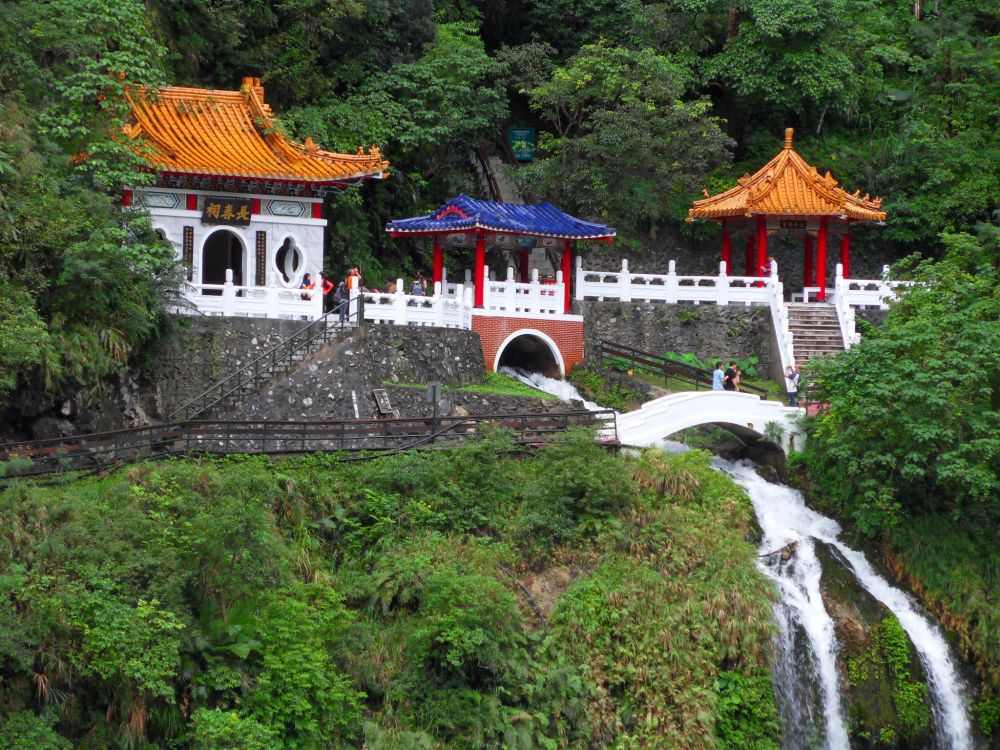

The Eternal Spring Shrine, also known as Changchun Shrine, is a monument that commemorates the lives of the 226 military veterans who died during the construction of the Central Cross-Island Highway. It is a place of both historical significance and natural beauty that has gradually become one of Taiwan's most iconic tourist destinations since its construction in 1958. The shrine is set against a backdrop of a waterfall that flows all year round, symbolizing eternal memory, hence its name Eternal Spring Shrine.
Initially, the Eternal Spring Shrine was mostly visited by locals and visitors from other parts of Taiwan. However, the breathtaking scenery and the historical importance of the shrine quickly gained attention beyond the shores of the island. As international travel became more accessible in the late 20th century, the Eternal Spring Shrine started to see an increase in foreign tourists, making it a must-visit landmark on the east coast of Taiwan.
Tourism statistics at Eternal Spring Shrine saw a significant rise in the early 2000s as the government of Taiwan invested in infrastructure and promotional campaigns to attract both domestic and international tourists. The picturesque landscapes of Taroko National Park, within which the shrine is situated, and the region's rich cultural heritage, became hallmarks for tourism in Hualien.
In recent years, there has been a shift towards sustainable and ecotourism, as travelers are becoming more environmentally conscious. The local tourism authorities have taken steps to limit the environmental impact of tourism by implementing measures such as controlled access and promoting off-peak visits.
Another trend is the increase in digital engagement. Social media has transformed how travelers explore and share their experiences at Eternal Spring Shrine. Beautiful images and stories from visitors flood platforms like Instagram, influencing others to seek out this serene location.
Adventure tourism is also growing, with many visitors looking to combine their visit to the Eternal Spring Shrine with hikes and other outdoor activities in Taroko National Park. With trails that lead to hidden temples and spectacular viewing platforms, the park offers a holistic experience that goes beyond the shrine itself.
Accessible tourism has been another focus area, ensuring that more people, including those with disabilities, can enjoy the beauty of the Eternal Spring Shrine and its surroundings.
Experience-based travel is prompting the development of tours that include cultural exchanges and learning opportunities, such as the local indigenous culture and cuisine. This has added a rich layer to the tourism fabric of Eternal Spring Shrine, encouraging deeper connections between visitors and this historic Taiwanese site.
In conclusion, from a simple commemorative monument to a major tourist attraction, the Eternal Spring Shrine has seen a transformation in its visitor profile and the nature of tourism. Today, it stands not only as a historic site but also as a natural wonder, drawing travelers from around the globe seeking beauty, history, and cultural immersion.